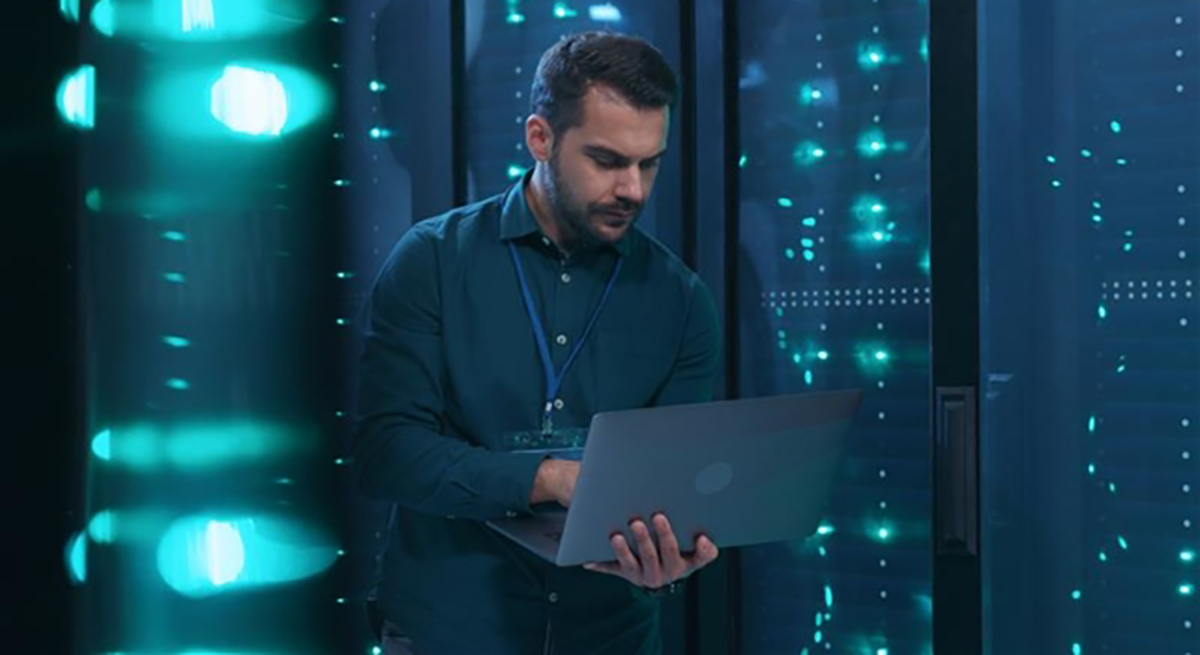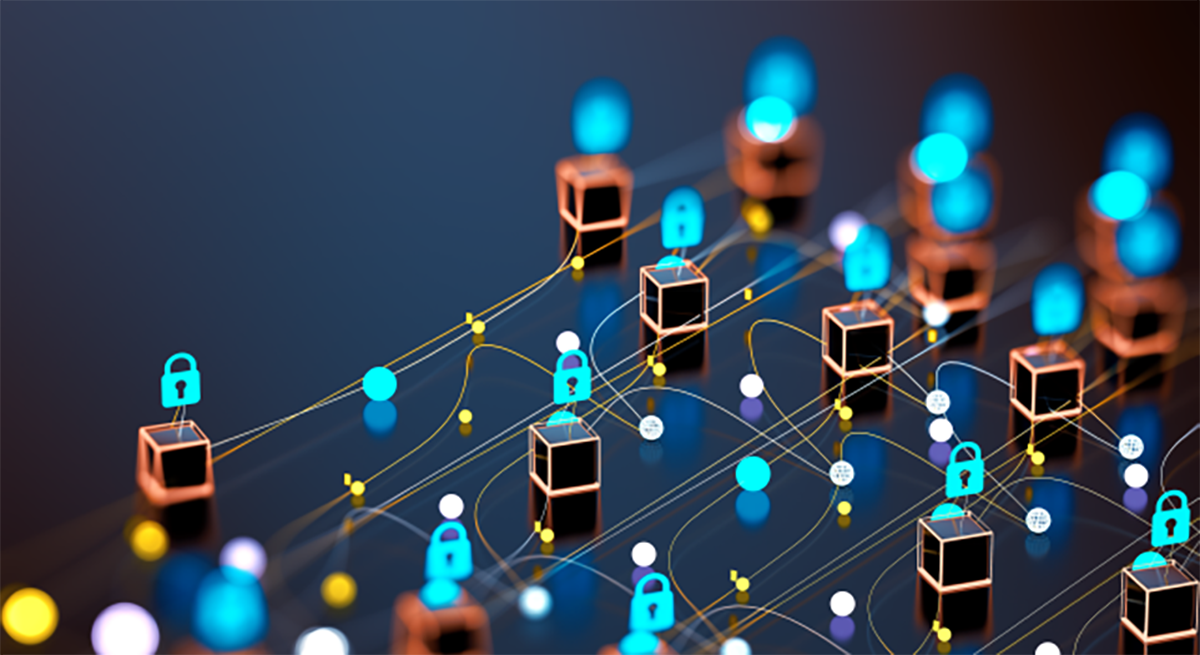- Are Amazon Basics tools any good? I bought a bunch to find out, and you'd be surprised
- VMware Product Release Tracker (vTracker)
- Cisco Live 2025: Collaboration Reimagined for the Agentic AI Era
- How Reddit's new AI ad tools help brands join the conversation
- Broadcom resets private cloud strategy with VMware Cloud Foundation 9.0
Trend Achieves AWS Level 1 MSSP Competency Status
Are your security teams overwhelmed with notifications and ever-expanding queues of suspicious activities that require investigation? You are not alone. According to Trend Micro™ Research, 51% of organizations are drowning in alerts. As the attack surface continues to evolve, your organization’s ability to discover, assess, and mitigate risk effectively and efficiently will determine your capacity to stop adversaries. So, what would it mean to your organization if you could become more resilient to the onslaught…
Read More










